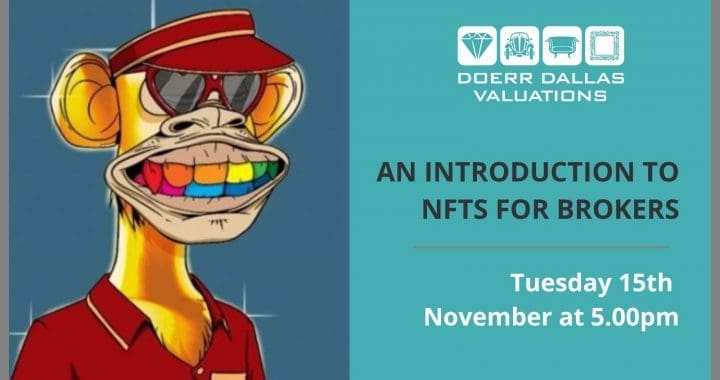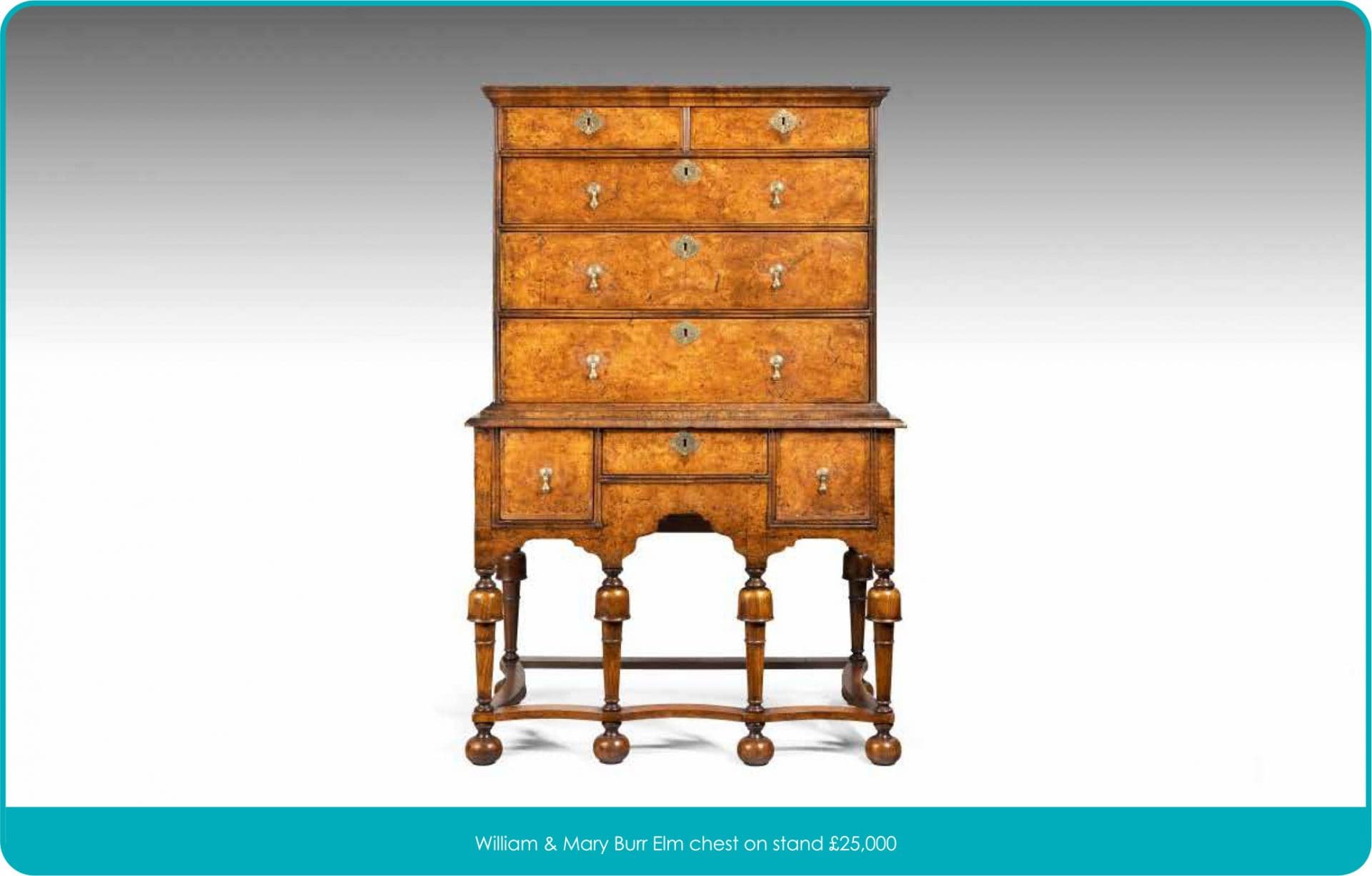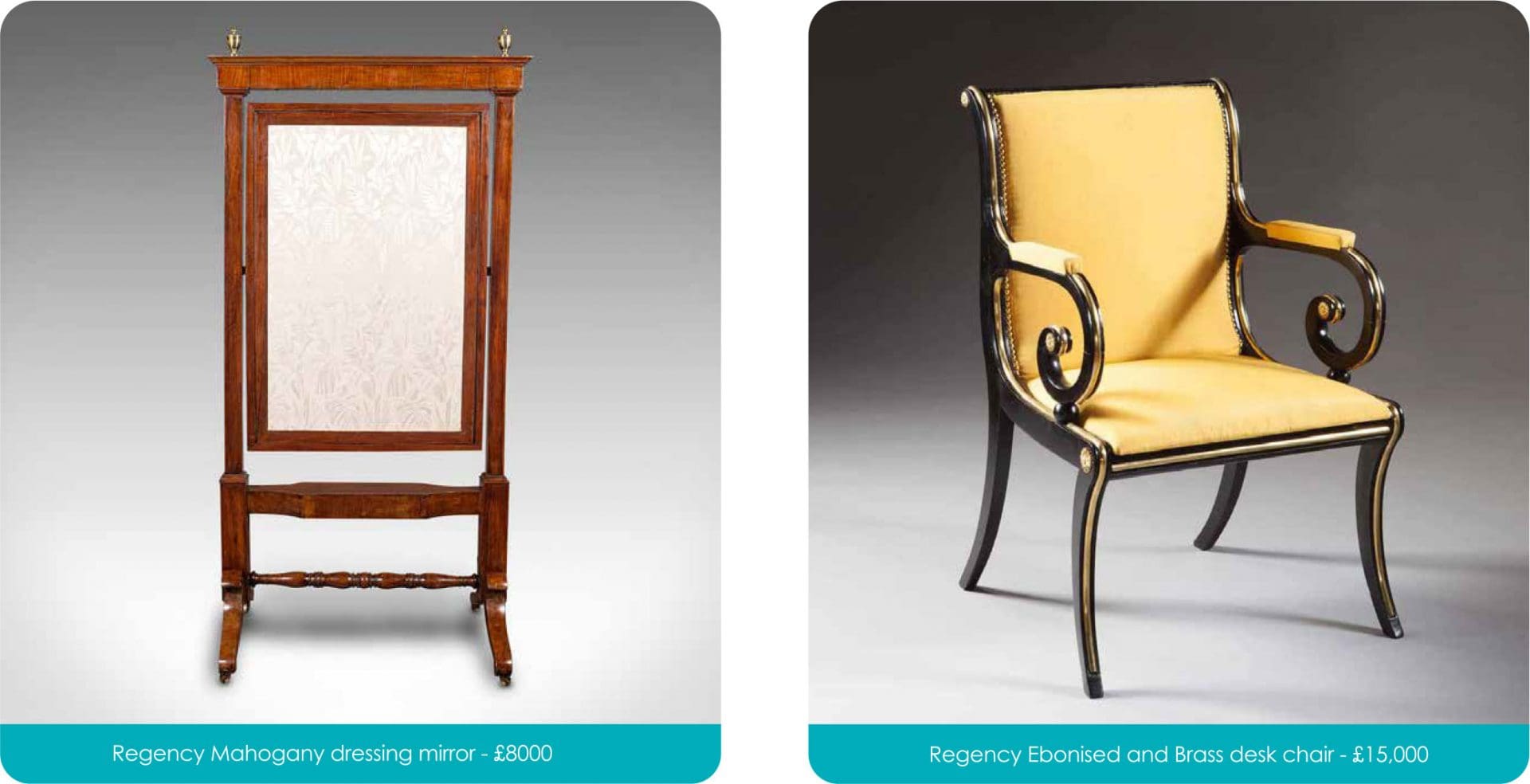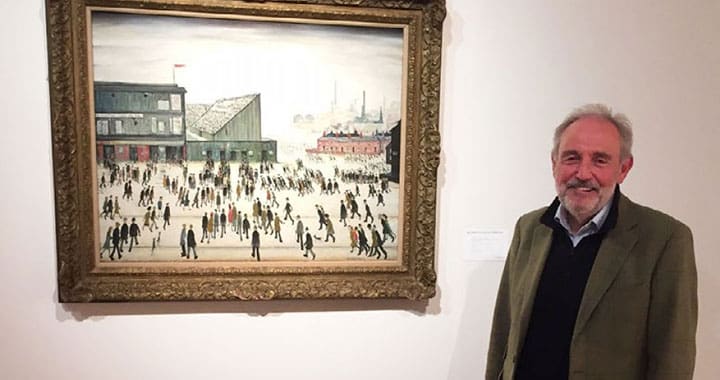Every week we see record prices being achieved by some of the greatest artworks known to man, with some of the most glamorous jewellery and watches going to auction at incredible sums, but how often do you talk with your clients about the carpet in the drawing room, or the suite of furniture purchased in the 1990s?
Just this week we have heard more news about inflation and cost of living rising again, and potentially this could increase well into 2023 and beyond.
So how does this effect your mid – high net worth clients and their contents?
The value of items within the ‘General Contents’ section of most customers insurance schedule has been rising for many years, even before COVID–19 and the dreaded lockdowns of 2020.
According to the Office for National Statistics, the values that we are seeing are increasing year on year for general home furniture by around 16% per year so a settee purchased for £10,000 this time last year would now be costing £11,600, with garden furniture increasing by up to 25% per year. So why is this?
The cost of manufacturing has sky-rocketed since 2019, with many companies having issues recruiting staff and/or sourcing materials, in turn the supply chain has suffered with transport issues in abundance – it’s not unusual to see waiting times run in to months for some items.


Two of the items that I am constantly surprised by are curtains and carpets, with some of our clients spending six figure sums on carpeting their homes, and a pair of lavishly lined silk curtains for a 13ft high sash window costing nearly £10,000, however on paper these have only increased by around 5% this year – but, this is only for the material and not the fitters or the makers, so in turn I believe that these figures are increasing by around 24% with that same pair of curtains now costing £12,400.
Whilst statistics are not available for the inflation of electrical goods, this market is different as the advancement in technology means that many items are out of date the minute they are released, there has of course though been a general increase across the board in most items of this nature.
Clothing will continue to be an interesting question with a broad figure of 8.5% inflation across the board, this however will absorb the designer and couture elements alongside the high street fashion world, which does not always give a totally accurate reflection of the mid-high net worth spending habits.
Whilst each manufacturer is different and sometimes these inflation costs will be absorbed into the operating profit of the company, in most instances, and especially in High Net Worth accounts, it is passed on to the client.
When taking an overall look at your clients, by all means be sure to look at the fine art, the jewellery and many other of the ‘visible’ items that clearly will have changed in value, but be sure that you don’t ignore the invisible ones that may well mean your client is underinsured.

Walk-through Valuation – SPECIAL OFFER
The Walk Through Valuation is a beneficial offering for you or your clients if current content values are based on a ‘guestimate’ or a ‘rough idea’ to ensure the values provided are accurate and up to date. For the comfort and security and assurance that in the event of any claim you are covered why wouldn’t you?
You don’t want to find a claim is not paid in the event of a loss, so ensuring your insurer has a true reflection of your values is so important. The Walk Through Valuation is designed for the Mid Net Worth client to establish/categories the contents correctly, on a room by room, category by category basis, itemising items of single value, identifying issues and providing cross room photographs. We don’t value the jewellery but we will discuss/establish if the current cover is adequate and any other areas of concern which would require a specialist visit.
A Senior valuer will attend the property to complete and the survey takes approximately 3 hours to complete. Our report will be issued within 15-20 working days providing recommended figures and illustrated.
So, to ensure you/your clients values are true and accurate, recommend the need for a Walk Through Appraisal today – up to 4 bedrooms – £540 plus VAT@ 20% including travel.
Call us today on 01883 722736 to book an appointment or email [email protected]
































































